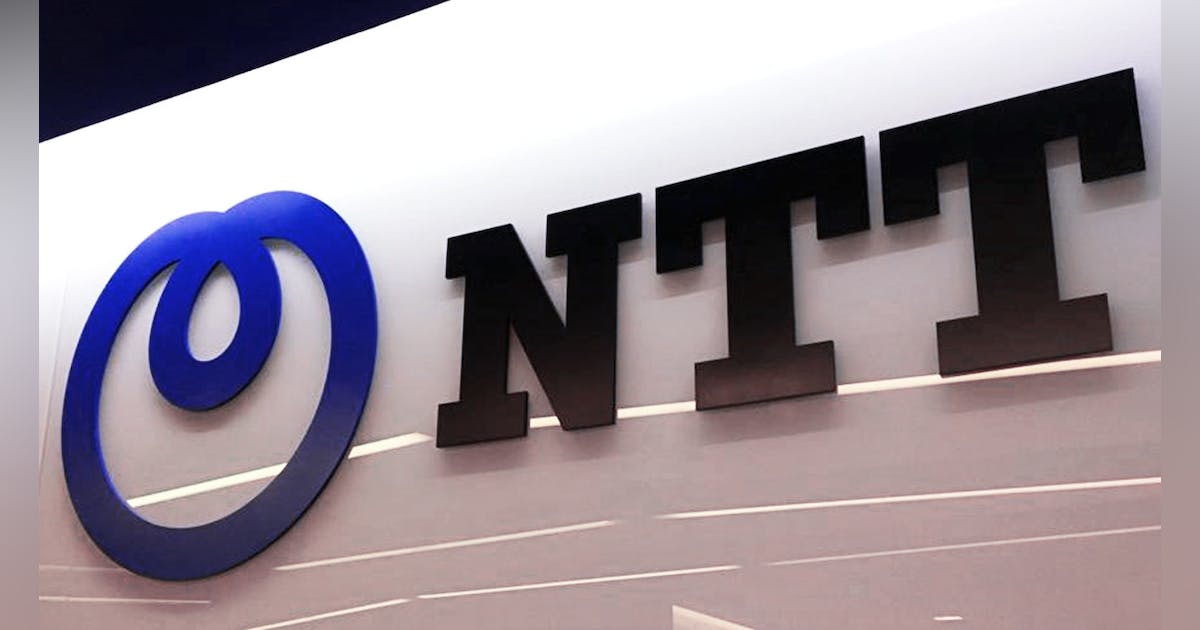NTT advances CPU security with new cache random function
Tokyo – August 16, 2023 – NTT Corporation (NTT) in collaboration with the Research Institute of Electrical Communication, Tohoku University and CASA (Cyber Security in the Age of Large-Scale Adversaries) at Ruhr University Bochum has developed a dedicated cache random function to eliminate the vulnerability caused by delay differences with the cache which is generated in the event of acquiring and updating data between CPU memories. This research contributes to the realization of a highly secure CPU that prevents information leakage due to cache attacks.
NTT designed and proposed a Secure Cache Randomization Function (SCARF) for randomization of cache index and formulated what type of function is suitable for randomizing of cache index by providing design guidelines for randomization of cache function which formulated appropriate random function. This paper will be accepted and presented at USENIX Security ’23※ in Anaheim which will be held from August 9th to August 11th, 2023.
Key Points:
- Modeling attackers to perform cache attacks
- Design of a concrete function SCARF dedicated to cache index randomization
- An efficient and secure design theory against modeled attackers is realized using a tweakable block cipher2
Background of Research:
Current CPU introduces cache memory to reduce impact of delay required to transfer data between CPU memories by accelerating on subsequence references by placing used data near the CPU. Although data referred once can be referred at high speed from the next time which also makes it available to attackers. These attacks that exploit information are called a cache attack which causes a real vulnerability and countermeasures are needed. Among other things, contention-typed cache attacks resulting from a cache scramble between the target program and the attack program are recognized as a real threat with fewer prerequisites for attackers.
Randomization of cache index is a promising way for countermeasure of contention-based cache attacks. The randomization is thought to be impossible for an attacker to exploit the cache by not being able to determine the target’s cache index used by an address, but it has not been known what level of implementation is…

